Even if you put aside the presence at Le Mans 2016 of every big-note Ford executive from Bill Ford down, the seriousness of the company's effort to win this year was underscored in discussions this morning with global technical boss Raj Nair, one of the earliest instigators of the project, and with two drivers of the 'British' number 67 entry, Marino Franchitti and Harry Tincknell.
Talking of the car itself, Nair made no bones about the fact that the GT wasn't just configured for GTE racing but was also squarely focused specifically on this event. "It's not just optimised for racing, it's built for this race," he told me candidly. "At Ford we're proud of having won every major championship in world motorsport - F1, WRC, NASCAR, drag racing, you name it. But even among those Le Mans is special. There are very few of our other victories we'd commemorate after half a century by designing a whole new three-year race project.”
Nair lists the GT's designed-in advantages as its full carbonfibre structure (lightness and rigidity), its sophisticated air management (especially the way it manages underbody air to maximise downforce and carry air in tunnels past the engine to the rear wing) and its extreme screen rake and low frontal area.
The upshot here - according to Tincknell - is that in race trim the GT has a surplus of slipperiness that can be turned into downforce without sacrificing top speed. "We've got enough speed to take advantage of the slipstream of other cars on the straights, but we're also pretty good under braking and in high-speed bends like the Porsche Curves," says the 24-year old.
Both Franchitti (driving at his sixth Le Mans) and Tincknell say they'll drive the car more or less flat out, but without jumping curves or punishing the brakes in ways that can "kill the car". If that works, and you're in contention at hour 19 or 20, you start driving the car as fast as it'll go, they say.
Far from worrying about running out of concentration, even in the quadruple-stint just short of four hours which they may do - both talk about concentration getting better as you drive, and about the peace and tranquility of being on your own out in the darkness of the Mulsanne Straight, where it's just you, the car, and your own headlights showing the way. Not many of us can imagine tranquility at 190mph, but both drivers speak of it

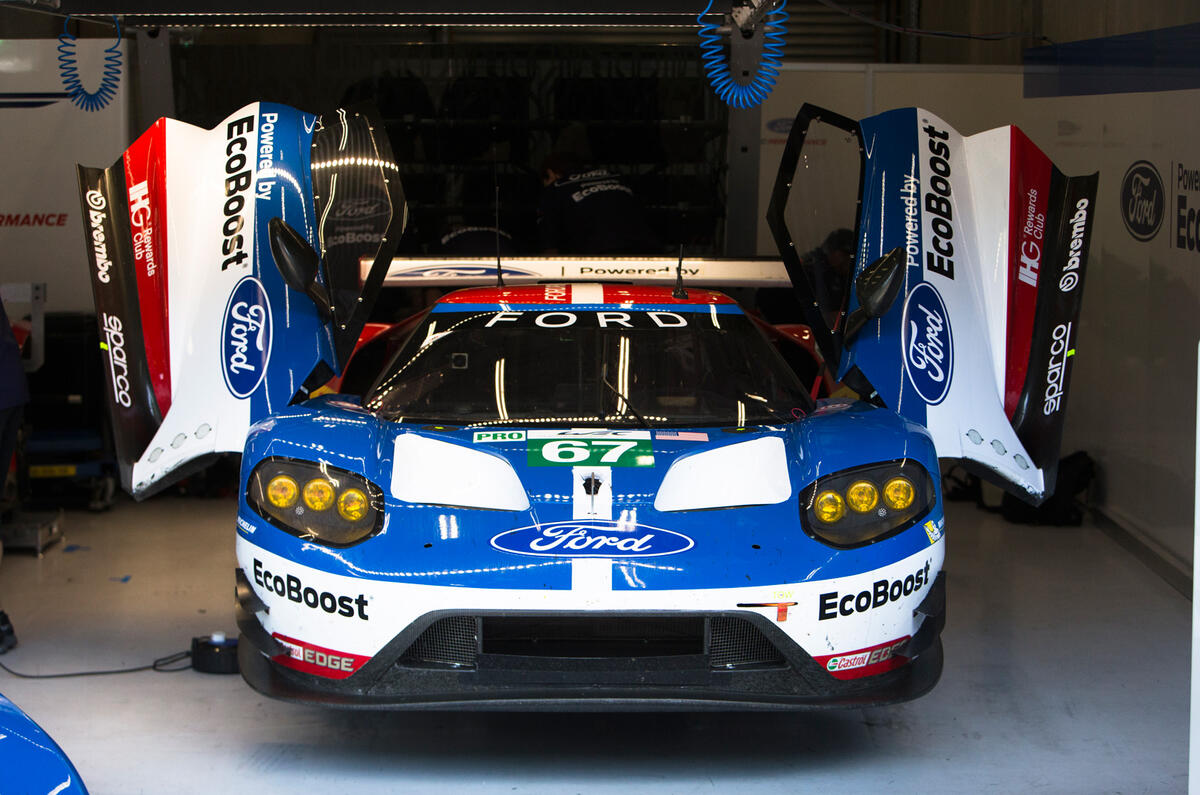

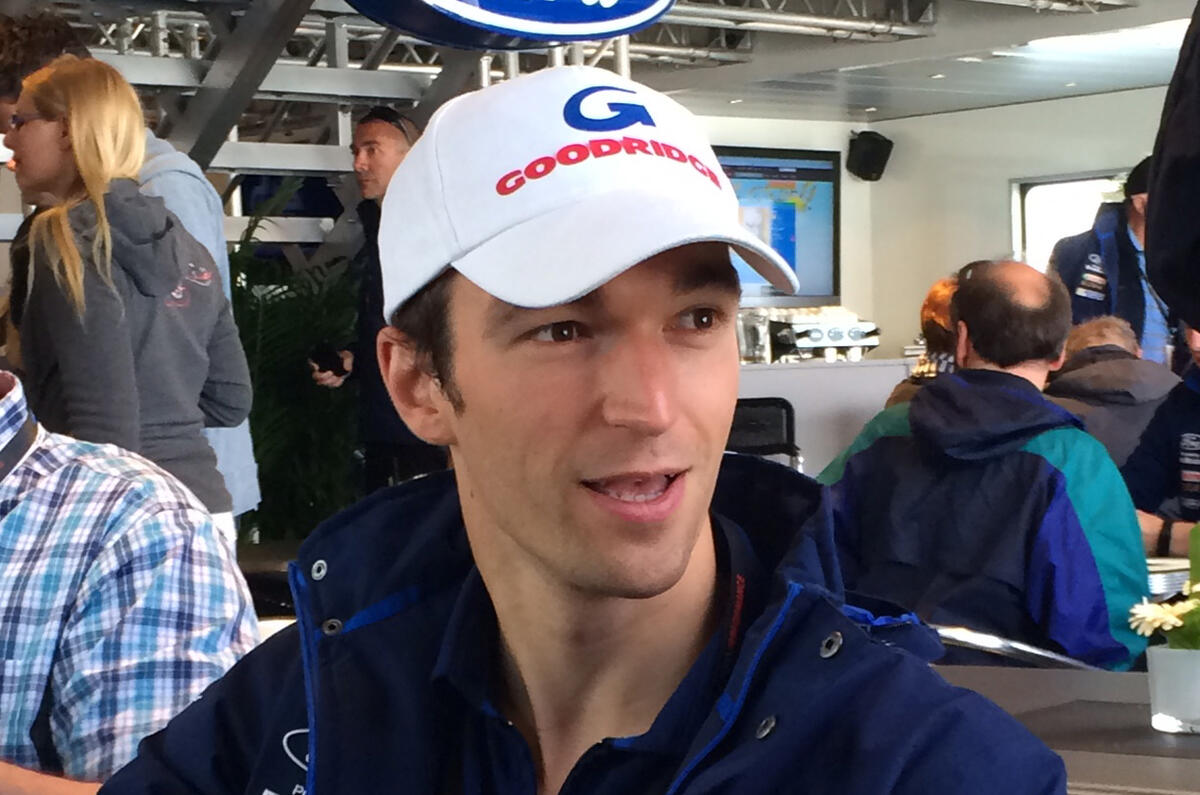

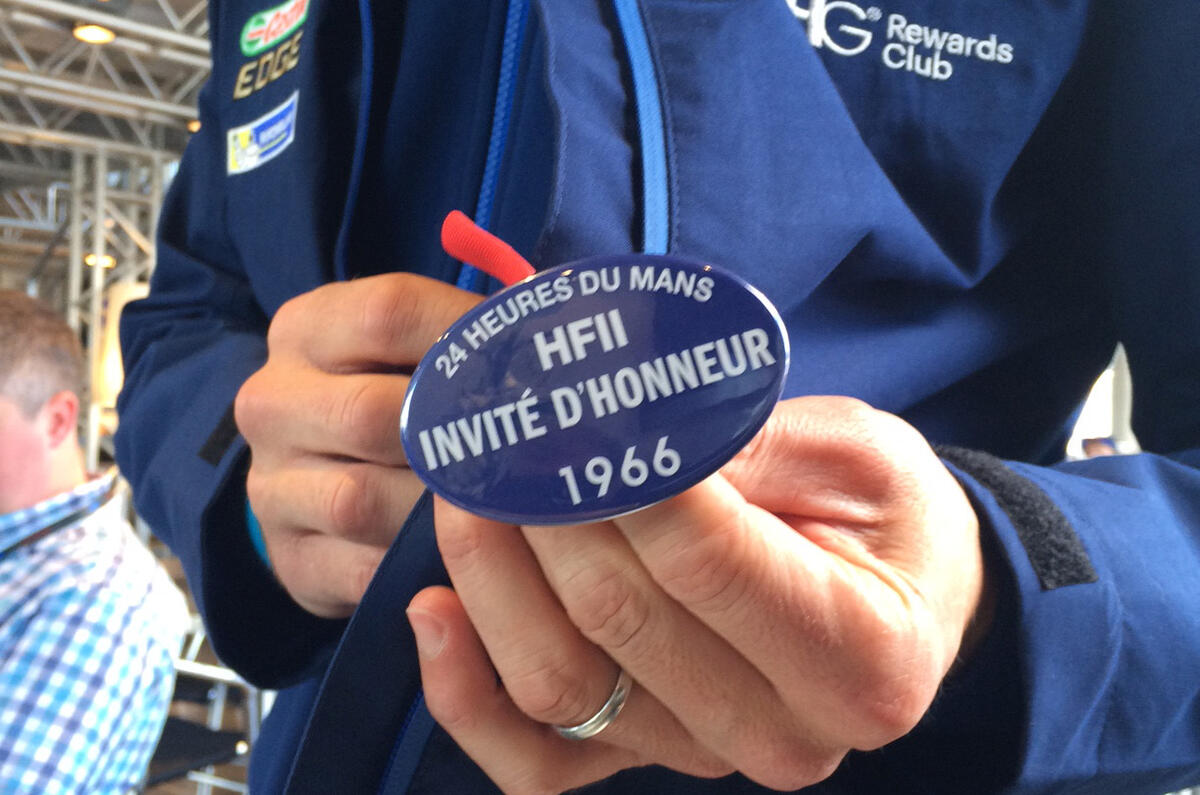
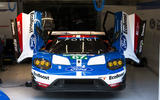
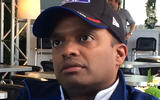
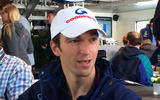

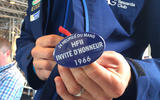






Join the debate
Add your comment
Not in the spirit of the GTE.
Not yet on sale for customers...